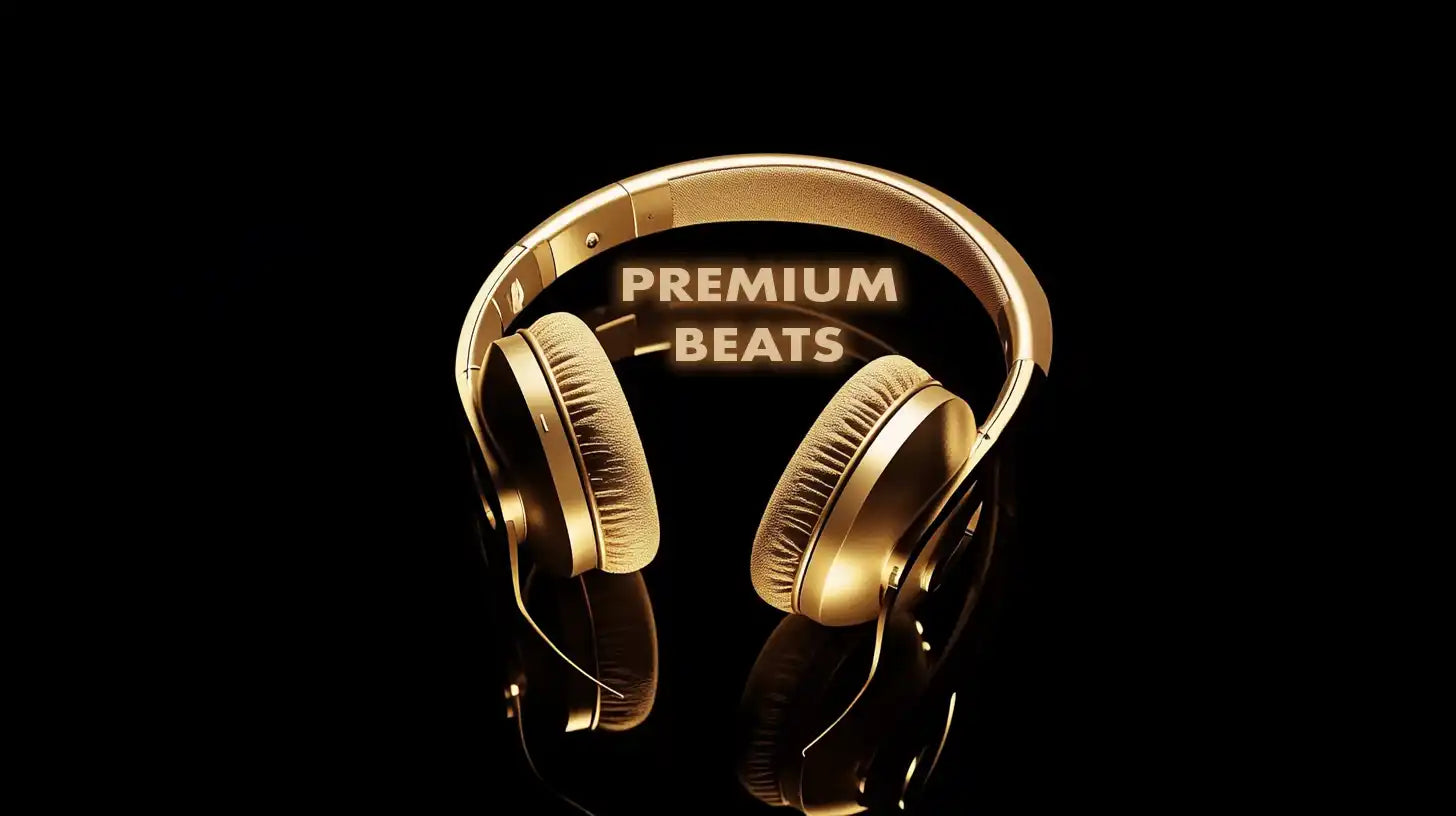
Headphones vs. Monitors: Finding Your Mix Master Medium
Share
Headphones vs. Monitors: Finding Your Mix Master Medium
As a music producer or beat buyer, one of the most crucial decisions you'll face is choosing the right tool for mixing your tracks. The debate between mixing with headphones or studio monitors is ongoing, but both options have their unique advantages and situations where they excel. Let's delve into the details to help you determine which is best for your mixing needs.
Studio Monitors: The Gold Standard for Space and Accuracy
Studio monitors are designed to provide the most accurate and flat response possible. This means they don't enhance any particular frequency, giving you a true representation of your mix. When placed and calibrated correctly in an acoustically treated room, monitors offer a reliable stereo image and depth of field that's essential for understanding how sounds interact in a mix.
Monitors are particularly beneficial when it comes to mixing at low to moderate volumes, where the room's acoustics play a less intrusive role. However, the downside is that not everyone has access to a well-treated space, and monitors can be quite expensive.
Headphones: Convenience and Isolation
Headphones, on the other hand, offer a level of convenience and isolation that monitors can't match. They're perfect for late-night mixing sessions or when you're in an environment that's not acoustically optimized. Headphones can also reveal details that you might miss on monitors, especially in the lower frequencies.
However, headphones can sometimes exaggerate the stereo field and provide an unnatural sense of space. This can lead to mixes that don't translate well to other listening environments. Additionally, prolonged use can cause ear fatigue, potentially affecting your mixing decisions.
Hybrid Approach: The Best of Both Worlds
Many professional producers recommend a hybrid approach: starting the mix on studio monitors and then switching to headphones for a different perspective. This method allows you to check how your mix translates across different playback systems. Additionally, using both can help identify issues that may not be apparent when using one exclusively.
For instance, mixing the foundational elements like drums and bass on monitors can ensure they sit well in a three-dimensional space. Then, refining details such as reverb tails and stereo panning can be more meticulously done on headphones.
Conclusion: Personal Preference and Context Matter
Ultimately, whether you should mix with headphones or monitors comes down to personal preference and your specific situation. If you're working in a noisy environment or don't have access to a treated room, headphones may be the practical choice. Conversely, if you're aiming for the most natural and accurate sound reproduction, monitors will serve you well.
Remember that the goal is to create mixes that sound great on any system. Experimenting with both headphones and monitors will enhance your ability to achieve this goal and understand the strengths and limitations of each medium. So, consider your needs, budget, and working conditions, and let them guide your decision in the quest for the perfect mix.
Looking for more inspiration? Check out our Pop Beats collection.



